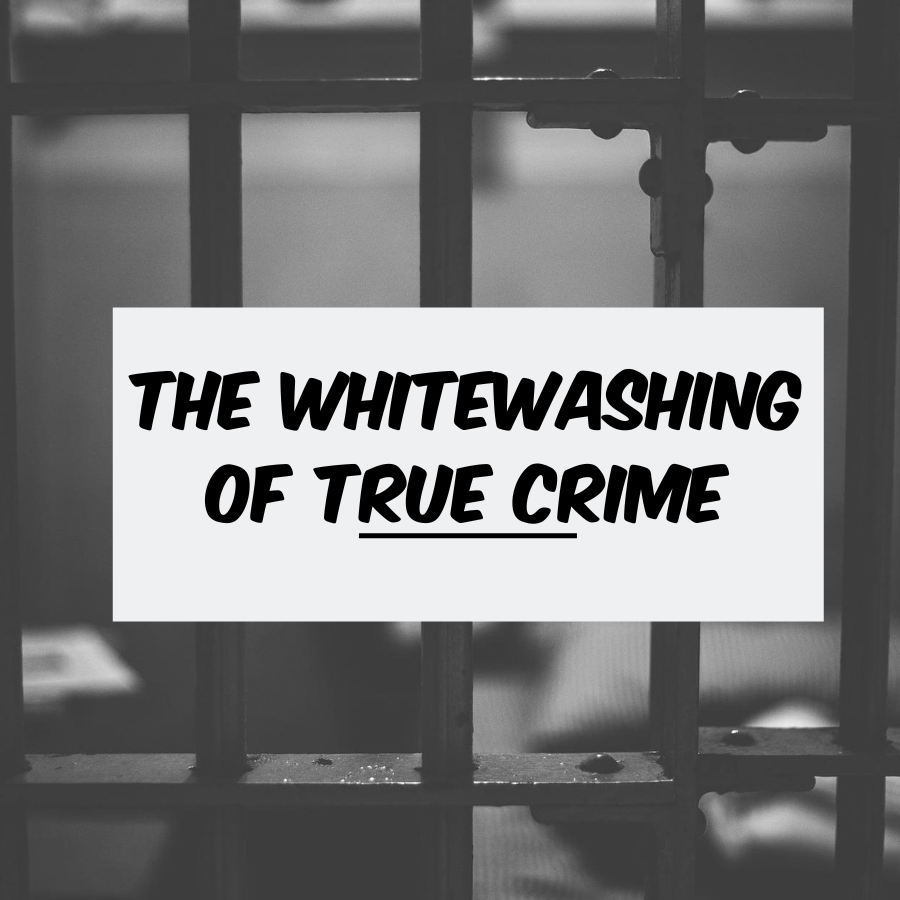Before delving into true crime journalism full time, I went the freelance route. It was 2016, which was the summer Louisiana police fatally shot Alton Sterling, a Black man, in a filmed encounter. A mere day later, a Minnesota police officer fired seven shots at Philando Castile during a routine traffic stop, killing him in front of his girlfriend and daughter. It was also filmed.
Needless to say, tensions were high all over the country at the time — but it was downright palpable in media circles. I remember being overcome with frustration and exhaustion. Those feelings were compounded when realizing that I and other marginalized Black writers, who were routinely ghosted by editors and traditional news outlets, were being contacted en masse for think pieces about our feelings regarding these extrajudicial killings.
How do we feel? At a time like this? We’re still processing it…
I honestly can’t say that feeling has ever gone away, but I’ve learned to channel it in my work. That, in my writing, a space would be held for those victims that are robbed of their victimization: the “troubled” teen runaway who winds up dead, the murder victim with a criminal record, the trans victims who were misgendered in police reports, and, of course, those affected by state-sanctioned violence.
But, I would be lying if I said that creating and navigating true crime journalism content as a Black woman never gets exhausting. Even as the genre has exploded, I’m left asking why are marginalized groups still fighting to have their stories told and heard. Better yet, why has there been no space in true crime for them to tell their own stories? Fellow FBC contributors Mariquita and Natalia have talked about this on the podcast as well.
By the Numbers
Marginalized groups continue to be disproportionately affected by crime, but remain underrepresented in newsrooms — where decisions are made regarding whether their stories will ever see the light of day.
The nonprofit organization Black and Missing found in 2020 that nearly 40 percent of missing people are Black or People of Color. They also noted that 36 percent of missing children were African American. Moreover, the Human Rights Foundation found that of the 56 transgender or gender non-conforming people who were violently killed in 2021, a majority were Black or Latinx transgender women.
In 2019, the American Civil Liberties Union published an article about Black women being killed at a higher rate than any other group of women. The ACLU also mentioned how victimized Black girls are less likely to be believed and how they are typically viewed as adults and less innocent. Additionally, the Urban Indian Health Institute identified 153 cases of Missing and Murdered Indigenous Women that were absent from law enforcement records — an especially concerning statistic considering how mainstream media has often battled without authority bias.
Meanwhile, diversity in media has lagged. According to the Pew Research Center, 2012-2016 American Community Survey data showed that 77 percent of staff in newspaper, broadcasting, and internet publishing are non-Hispanic whites. Which begs the question, how can true crime journalism represent a true and accurate picture of the country with these kinds of statistics?
The Medium is the Message
A non-diverse newsroom often results in some crimes receiving wall-to-wall coverage while others are widely ignored (e.g. Missing White Woman Syndrome, a term coined by late PBS anchor Gwen Ifill).
In real-time, we’re seeing how murder is constantly marketed to white women. How serial killers like Jeffrey Dahmer, Ed Gein, and John Wayne Gacy have large name recognition, while someone like Samuel Little is considered obscure. Little, who may have murdered as many as 93 women, mostly Black, is possibly the most prolific serial killer in the United States.
However, one thing true crime has allowed the layperson to weigh in on popular cases via YouTube and TikTok. But a cursory search of these sites highlights an issue common to traditional media: Black and POC victims typically receive fewer clicks and attention than their white counterparts. The same goes for creators on these platforms.
The Verdict?
It’s hard to say whether true crime will fix the current issues it’s facing — which not only include a lack of diversity, but sensationalization and misinformation which plays a large role in victims’ dehumanization. Though, seeing how the true-crime community has had moments of introspection where it’s called attention to biases and ethical issues in reporting, it probably isn’t too optimistic to believe that it’s capable of substantive change.
Here are some recommendations that are sure to diversify your true-crime consumption:
- Leaving Atlanta by Tayari Jones
- Scam Goddess, a podcast by Laci Mosley
- True-Crime YouTuber Britney Vaughn
- Suspiria: A True Crime Podcast
- JessieLeTV on TikTok
- DreyCrimeTok on TikTok
- True Crime Obsessed, a podcast by Gillian Pensavalle and Patrick Hinds
- Highway of Tears: A True Story of Racism, Indifference, and the Pursuit of Justice for Missing and Murdered Indigenous Women and Girls by Jessica McDiarmid


